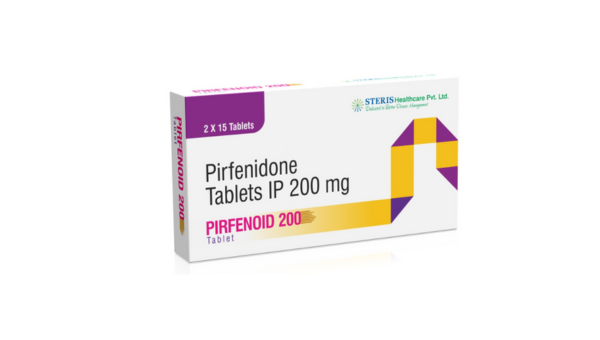PIRFENOID 200 & Pirfenidone (200mg) : Key Benefits , Uses, Side Effects and other Information.....
Jul 30, 2024
Introduction
Pirfenidone (200mg) is an essential medication used primarily for managing idiopathic pulmonary fibrosis (IPF), a progressive and irreversible lung disease. It works as a fibrosis-reducing agent, slowing the disease's progression and improving the quality of life for patients suffering from respiratory difficulties. PIRFENOID 200 is one of the key pharmaceutical products containing Pirfenidone, developed to manage IPF and other lung-related conditions.
This article dives deep into Pirfenidone, its benefits, mechanism of action, recommended dosage, side effects, and other important aspects of the medication. Whether you're a healthcare professional seeking detailed information or a patient wanting to understand more about your treatment, this comprehensive guide will provide valuable insights.
Key Ingredients of PIRFENOID 200
The primary active ingredient in PIRFENOID 200 is Pirfenidone. This compound, which is typically available in doses of 200mg per tablet, is an antifibrotic drug that has proven efficacy in treating idiopathic pulmonary fibrosis (IPF).
-
Pirfenidone (200mg): Pirfenidone plays a crucial role in reducing the fibrotic activity within the lungs, thereby preventing further scarring and damage to lung tissue. Its primary mechanism involves the inhibition of fibrosis-associated cytokines such as Transforming Growth Factor-beta (TGF-β), which are responsible for the excessive formation of scar tissue.
Pirfenidone is formulated in 200mg doses, ensuring patients receive the precise amount needed to combat fibrotic changes and slow down the progression of their condition. By managing these biochemical processes, Pirfenidone offers hope for patients with IPF, allowing them to breathe more freely and improve their overall health outcomes.
How Does Pirfenidone Work?
Pirfenidone's mechanism of action involves targeting the key processes involved in fibrosis development, primarily focusing on the inflammation and scarring of lung tissue. Here’s how Pirfenidone works:
-
Reduction of Fibrotic Processes: Pirfenidone acts by reducing the activity of pro-fibrotic mediators in the body. It targets Transforming Growth Factor-beta (TGF-β), a protein that promotes the formation of fibrosis and scarring in the lungs. By inhibiting this pathway, Pirfenidone can help prevent the excessive buildup of scar tissue, which is characteristic of conditions like idiopathic pulmonary fibrosis.
-
Anti-Inflammatory Action: The drug also has significant anti-inflammatory properties. Inflammatory processes contribute significantly to the progression of IPF, and Pirfenidone helps to moderate these responses, thereby reducing inflammation in the lungs.
-
Reduction of Collagen Synthesis: By inhibiting collagen synthesis, Pirfenidone prevents the stiffening and thickening of lung tissues. This action is especially critical in diseases where excessive collagen production leads to restricted lung function.
-
Antioxidant Properties: Pirfenidone has antioxidant effects that help neutralize free radicals, thus reducing oxidative stress in the lungs. Oxidative stress plays a central role in the initiation and progression of lung diseases like IPF, making this property a key part of Pirfenidone’s effectiveness.
Overall, Pirfenidone addresses multiple pathways that contribute to the development and progression of fibrotic lung diseases, offering a multi-targeted approach to disease management.
Medical Uses of PIRFENOID 200
PIRFENOID 200 is primarily used in the treatment of idiopathic pulmonary fibrosis (IPF), a disease characterized by the thickening and scarring of lung tissue, which leads to progressive difficulty in breathing. Below are the key medical uses of Pirfenidone:
-
Idiopathic Pulmonary Fibrosis (IPF): The most common and primary indication for Pirfenidone is the management of idiopathic pulmonary fibrosis. IPF is a progressive disease with no known cause, characterized by the scarring of lung tissue. The role of Pirfenidone (200mg) in treating IPF is to slow down the progression of the disease, reduce inflammation, and improve lung function.
-
Other Fibrotic Lung Diseases: Although IPF is the main condition for which Pirfenidone is prescribed, some studies and off-label uses have suggested its potential in treating other fibrotic lung conditions. However, this is still under investigation and should be done under medical supervision.
-
Lung Transplantation Preparation: Pirfenidone can also be beneficial in patients who are preparing for a lung transplant by stabilizing lung function and reducing the impact of fibrotic changes, thus improving the chances of successful transplantation.
Dosage and Administration of PIRFENOID 200
The dosage of Pirfenidone (200mg), like all medications, must be determined by a healthcare provider based on the individual patient's condition and medical history. Here is an overview of the general guidelines for PIRFENOID 200 administration:
-
Starting Dose: The typical starting dose is 200mg three times a day (morning, afternoon, and evening) after meals. Pirfenidone should always be taken with food to minimize the risk of gastrointestinal side effects, such as nausea or diarrhea.
-
Dose Escalation: The dose of Pirfenidone may be gradually increased to minimize side effects. The standard escalation pattern begins with 200mg three times a day, then increases to 400mg three times a day, and eventually to 600mg three times a day.
-
Maximum Dose: The maximum recommended dose is 600mg three times a day, which totals 1800mg per day.
-
Adjustments: In cases of renal or hepatic impairment, or if patients experience side effects, the dose of Pirfenidone may need to be adjusted. Patients with liver problems, for example, should take a lower dose or may need to avoid the drug entirely.
-
Consistency: To achieve the best outcomes, patients should aim to take Pirfenidone at the same time every day. This ensures consistent blood levels of the medication, promoting its effectiveness.
Side Effects of PIRFENOID 200
Like any medication, PIRFENOID 200 may cause side effects. Most side effects are mild, but some can be more serious. The common side effects of Pirfenidone include:
-
Gastrointestinal Issues: The most common side effects include nausea, diarrhea, and loss of appetite. These side effects typically subside as the body adjusts to the medication.
-
Fatigue: Many patients experience tiredness or fatigue while taking Pirfenidone.
-
Skin Reactions: Some people may develop skin rash or photosensitivity, meaning the skin becomes more sensitive to sunlight. Protective measures, such as wearing sunscreen and protective clothing, are advised.
-
Liver Enzyme Elevation: Pirfenidone may affect liver function, leading to elevated liver enzymes. Regular liver function tests are necessary while on the medication to monitor any changes.
-
Respiratory Symptoms: Though rare, some patients may experience shortness of breath or coughing while taking Pirfenidone.
-
Serious Reactions: In rare cases, serious side effects like hepatotoxicity or severe skin reactions may occur. In such instances, immediate medical attention is required.
Price of PIRFENOID 200
The price of PIRFENOID 200 varies based on the region and healthcare provider. On average, the cost of Pirfenidone (200mg) ranges from ₹3000 to ₹5000 per pack in India. However, this may differ depending on various factors, such as:
-
The region or city where the medication is purchased.
-
The availability of generic alternatives.
-
Health insurance coverage and government subsidies.
It is essential for patients to consult with their healthcare provider or pharmacist to explore potential options for financial assistance or more affordable alternatives.
Conclusion
PIRFENOID 200, containing Pirfenidone (200mg), is a pivotal treatment in managing idiopathic pulmonary fibrosis (IPF). By targeting fibrosis, inflammation, and collagen production, Pirfenidone plays a crucial role in reducing disease progression and improving the quality of life for patients. However, like all medications, it should be used under the guidance of a healthcare professional, who will tailor the dosage to the individual’s condition and monitor for potential side effects.
Patients should always be aware of the possible side effects and undergo regular checkups to ensure the medication is working effectively and safely. With its ability to combat the severe effects of IPF, Pirfenidone is an invaluable treatment in the field of pulmonology.
About The Author
Steris Healthcare Pvt Ltd, known as Sterispharma, was founded in February 2018 by a team of experienced professionals in the pharmaceutical industry. Headquartered in Navi Mumbai, the company holds certifications from WHO, GMP, and ISO, reflecting its dedication to maintaining high standards of quality and safety. Sterispharma’s mission is to provide affordable, high-quality medications across India, strictly adhering to WHO guidelines. With the convenience of an online pharmacy, customers can easily order medicines with home delivery options.
For further information
Email: info@sterispharma.com / contact@sterispharma.com
Call/WhatsApp: 8209542042 , 8824175417
BUY NOW
Recent Post
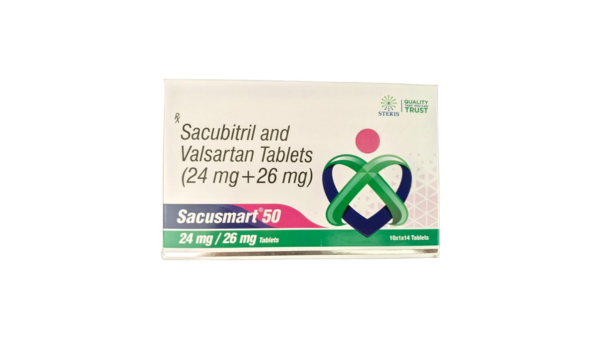
SACUSMART 50 – Sacubitril and Valsartan Tablets | Uses, Dosage, Side Effects & Mechanism of Action
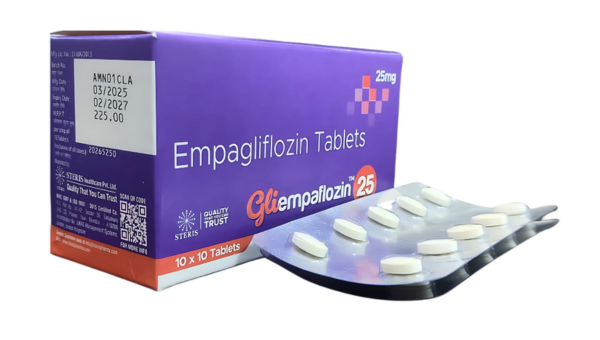
Best Empagliflozin 25 mg Brands In India By Steris Healthcare Pvt Ltd.
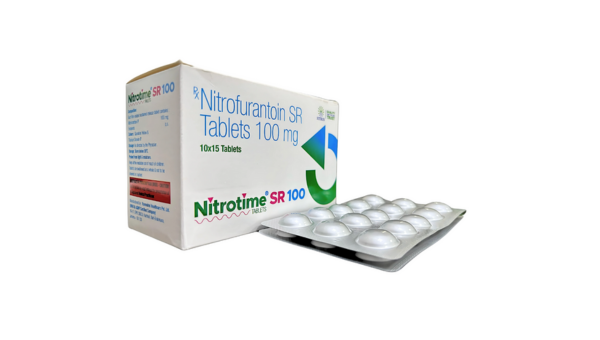
Nitrofurantoin 100mg: Key to Effective UTI Prevention and Treatment
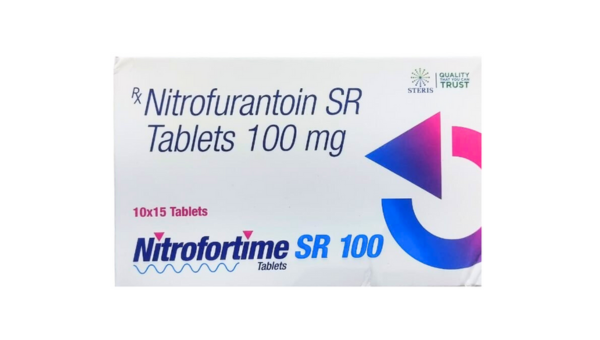
Nitrofurantoin 100mg: Powerful Antibacterial Action for UTI Relief
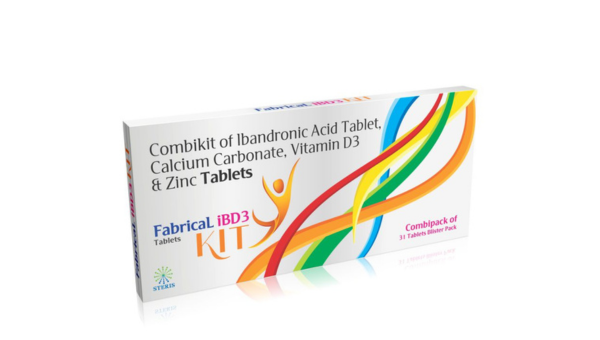
Combikit of Ibandronic Acid Tablet, Calcium Carbonate, Vitamin D3 & Zinc Tablets

Isosorbide Mononitrate 40 mg – Dosage, Side Effects, and Benefits Explained
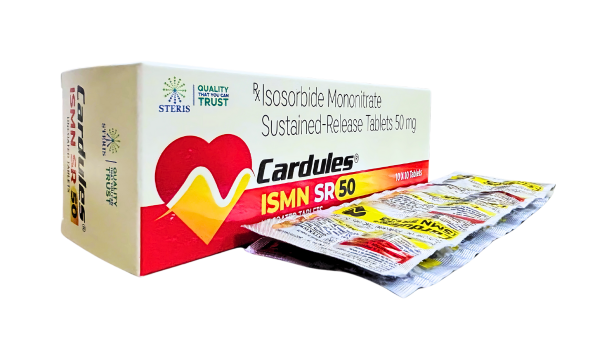
Isosorbide Mononitrate 50 mg: A Trusted Treatment for Chest Pain
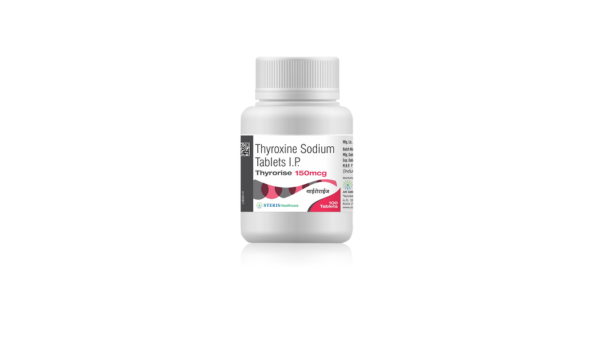
THYRORISE 150 – Thyroxine Sodium (150mcg) for Thyroid Health
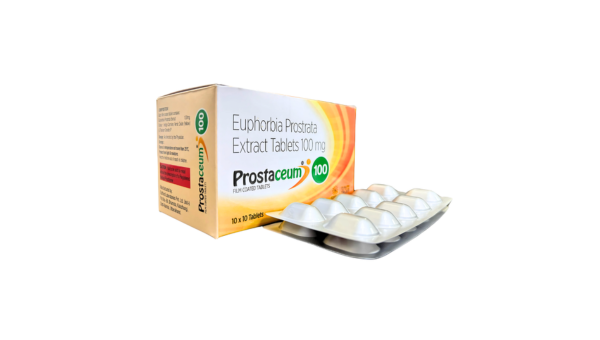
PROSTACEUM 100: Euphorbia Prostrata Extract Tablets 100 mg
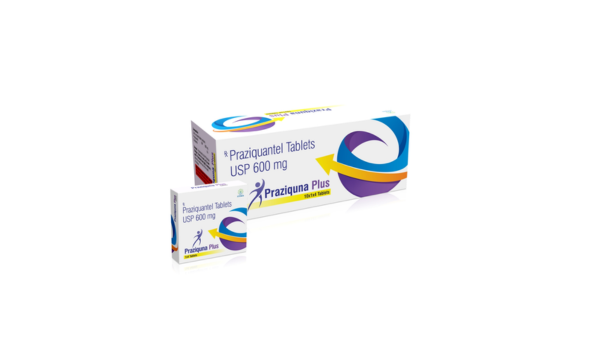
PRAZIQUNA PLUS – Praziquantel Tablets USP (600mg) – Detailed Overview

